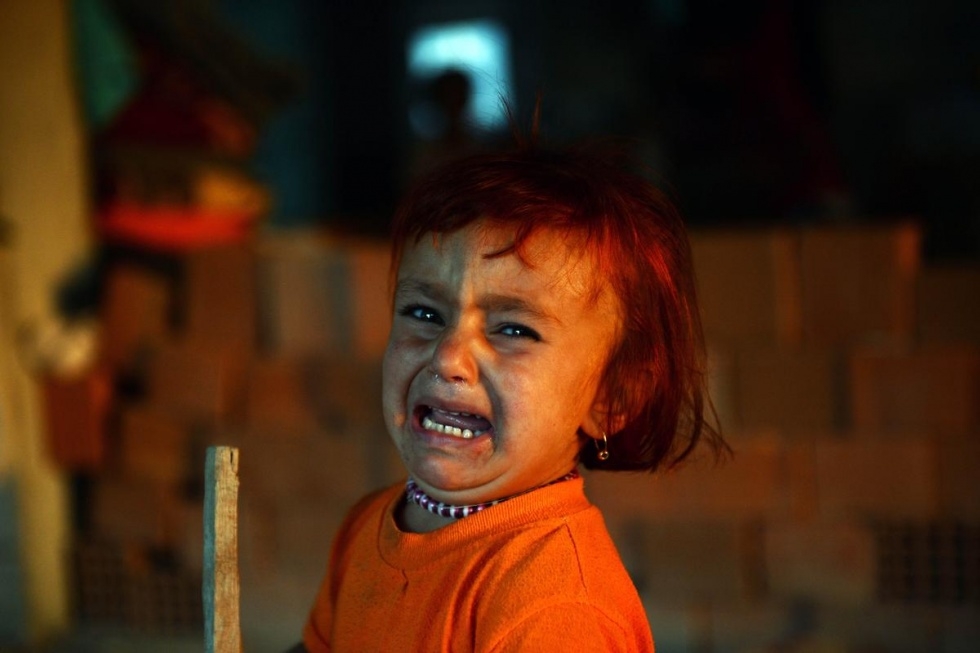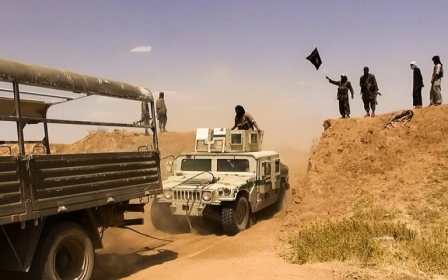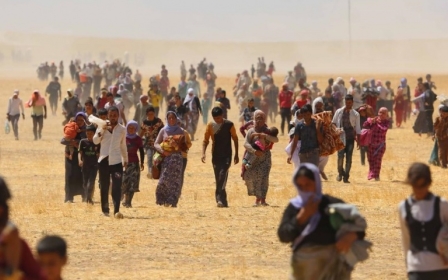Q&A: What is the Islamic State?

Q. What is the Islamic State group?
A. It emerged in Iraq in 2006, three years after the US-led invasion, spurred by the global terror network Al-Qaeda. Initially known as the Islamic State in Iraq.
The extremists launched deadly attacks on the Shiites and American troops. Sunni tribes rose up against them.
The extremists went into neighbouring Syria in July 2011 following the uprising against the government of Bashar al-Assad.
In January, deadly clashes erupted between the Iraqi extremists, now known as the Islamic State (IS), and al-Nusra Front, al-Qaeda's Syria franchise and other rebel groups, which refused to fight under their banner and instead accused them of atrocities.
In June, IS declared an Islamic caliphate in territory it controls in northern Syria and Iraq, and ordered Muslims to obey its leader, Abu Bakr al-Baghdadi.
Q. How many fighters does IS have?
A. IS recruits through social networks, but extremists have also joined the group locally out of fear or lured by attractive salaries.
The number of fighters in the group is not known.
But the Syrian Observatory for Human Rights monitoring group says it has more than 50,000 in Syria, including 20,000 foreign fighters from Chechnya, Europe, China and Gulf Arab countries.
In Iraq, IS is estimated to number 8,000-10,000 fighters, at least 60 percent of them Iraqis, according to Ahmad al-Sharifi, a professor of political science at Baghdad University.
Q. How much land does IS control?
A. In Syria it controls about 42 percent of the country or 45,000 square kilometres (18,000 square miles) of territory, while in Iraq it holds sway over 170,000 square kilometres or 40 percent.
Most of this land is desert.
Syria expert Fabrice Balanche says the total amount of territory IS holds in Syria and Iraq is just under the size of Britain.
In Syria, the "caliphate" announced in June spreads from Manbaj in the northern province of Aleppo, across the northeastern province of Raqqa, Hasakeh, to the eastern oil-rich province of Deir Ezzor to the Albu Kamal border town with Iraq.
In Iraq, it controls Sunni regions in the north and west, including the second biggest city of Mosul.
Q. How does it lure foreign militants?
A: IS has bewitched Western extremists through the use of spectacular "Hollywood-style" force - brutal beheadings and a swift land-grab - says Lebanese writer Hazem al-Amin.
Q. How is it financed?
A. Experts say that through a combination of racketeering, kidnapping for ransom and other criminal activity, as well as donations from wealthy private individuals in the Gulf, the group has built up a financial war chest that is the envy of militant organisations the world over.
But Romain Caillet, an expert on Islamists, says funding from the Gulf represents only 5 percent of its income.
Q. What methods does IS use?
A. A brutal mixture of terror techniques and social services to aid people living under its rule: crucifixion, beheadings and flagellation have all been used by the group against its enemies.
Q. What does the future hold for IS?
A. Caillet believes its key goal is to consolidate the "caliphate," but others, such as Amine, believe that the group is bound to crumble and be forced underground.
New MEE newsletter: Jerusalem Dispatch
Sign up to get the latest insights and analysis on Israel-Palestine, alongside Turkey Unpacked and other MEE newsletters
Middle East Eye delivers independent and unrivalled coverage and analysis of the Middle East, North Africa and beyond. To learn more about republishing this content and the associated fees, please fill out this form. More about MEE can be found here.




